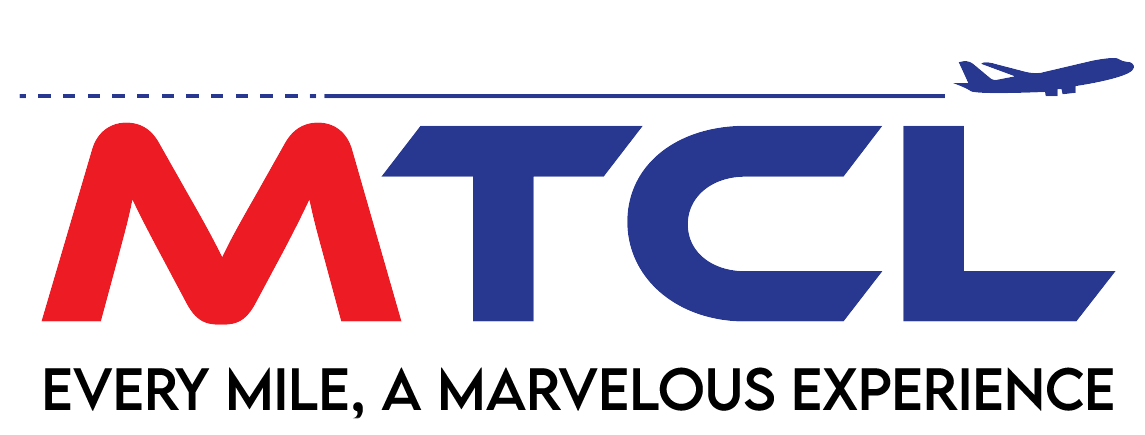Pilot Shortage Could Impact Airlines’ Growth in India: Sky One
2025/01/24
India’s aviation sector is grappling with a critical shortage of pilots, which could impede operational efficiency, delay fleet expansion, and impact financial performance, said J. Mirchandani, Chairman of Sky One. Speaking on World Pilots Day, Mirchandani raised concerns about the widening gap between the demand and supply of skilled pilots and its long-term implications for the industry.
Boeing’s 2024 Commercial Market Outlook (CMO) predicts a fourfold growth in South Asia’s aviation fleet over the next two decades, driven primarily by India’s booming sector. This expansion will necessitate around 37,000 pilots and 38,000 maintenance technicians in the region. However, a looming wave of retirements is evident, with 38% of the current pilot workforce aged over 50. The sector faces an urgent need to train and develop a younger pool of professionals to address this gap.
The potential shortfall of experienced pilots could disrupt airlines’ ability to meet increasing travel demand, maintain flight schedules, and achieve growth targets, ultimately affecting profitability. While some discussions have revolved around raising the retirement age for commercial pilots beyond 65, Mirchandani argued that a more sustainable approach would involve improving compensation, reducing fatigue through better work conditions, offering stronger incentives, and fostering diversity by encouraging more women to enter the aviation field.
Training, too, remains a significant hurdle. Preparing a senior pilot requires extensive time and resources, which poses challenges for airlines attempting to meet the rising demand. Mirchandani stressed the importance of collaboration between airlines and pilot training institutions to address this issue effectively.
The government has already initiated measures to enhance pilot training capacity. The Civil Aviation Ministry, along with the Airports Authority of India, has allocated new slots for Flying Training Organizations (FTOs) and facilitated the issuance of Commercial Pilot Licenses (CPLs). Despite these efforts, Mirchandani underscored the importance of maintaining high-quality training standards, prioritizing safety, ensuring fairness in assessments, and implementing strict regulatory oversight at FTOs to produce competent aviation professionals.
To bridge this talent gap,, Pier Seven Aviation Academy, under Mirchandani’s leadership, is offering advanced flight simulator training to aspiring pilots. This initiative aims to equip the next generation of aviators with the necessary skills to strengthen India’s aviation industry and ensure its readiness for future growth.





